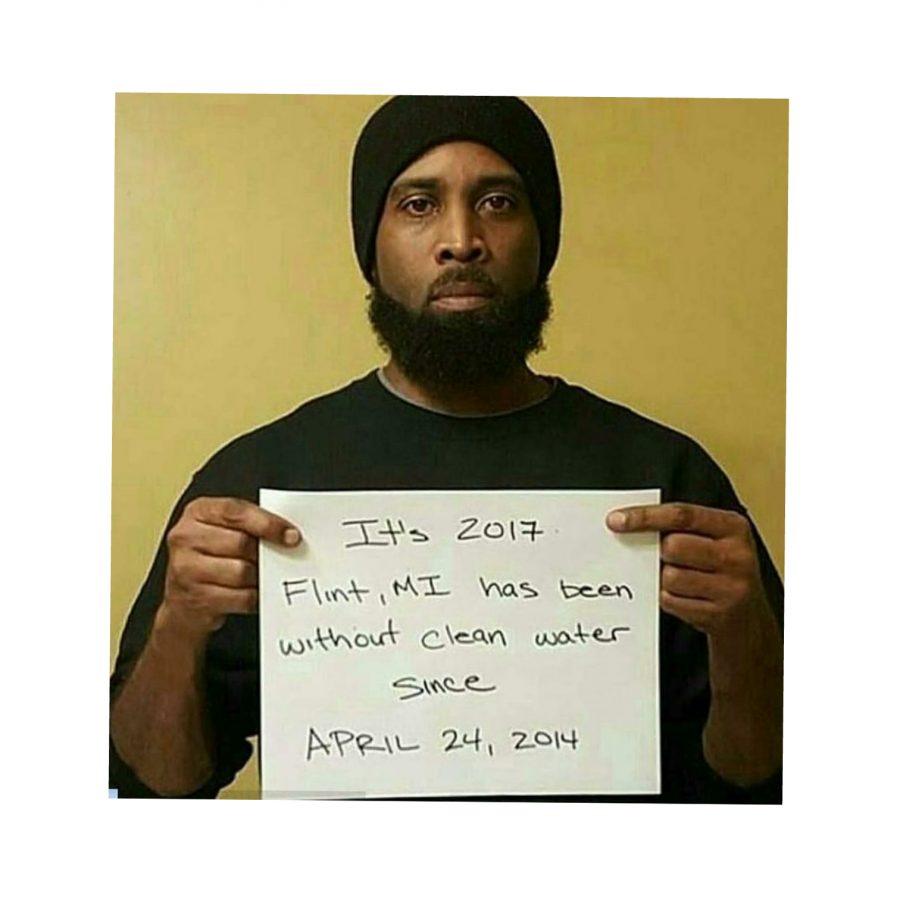Water is a Human Right: The Ongoing Flint Crisis
February 21, 2017
The beginning of the lead-laced fight in Flint, Michigan started in 2014 when officials changed the water supply to save money. Flint is a majority Black city with 40 percent of its population living in poverty. In May and August, there were complaints of murkier water. People were also getting E.Coli and coliform. Flint’s pipes weren’t at the ideal level of pH (7.5). Still, city and state officials denied that there was a severe problem.
According to the World Health Organization, “lead affects children’s brain development, resulting in reduced intelligence quotient, behavioral changes such as shortening of attention span and increased antisocial behavior, and reduced educational attainment. Lead exposure also causes anemia, hypertension, renal impairment, immunotoxicity and toxicity to the reproductive organs. The neurological and behavioral effects of lead are believed to be irreversible.” Exposure to lead for a long time can cause, “abdominal pain, constipation, depression, distraction, memory loss, irritability, and nausea. If exposed to high levels over a short period of time, a person may also feel increasingly tired and weak or experience headaches, a loss of appetite or pain or tingling in the hands and/or feet. Over a longer period of time, lead may also cause liver, kidney or central nervous system problems and an increased risk of cancer.”
Flint broke the news in 2016 about toxic water and how many people are being affected. Comparison between Flint’s tap water versus bottled water showed a stark difference. Communities across the country donated supplies. From water bottles to filters, Flint was doing significantly better. For a while, the Flint crisis was viral, and everybody was appalled or interested. As the media and news channels started putting out less and less about the crisis, Flint received less and less help. Yet, posts on Twitter and Instagram show pictures of Flint’s water still being contaminated. There are scarce news sites confirming whether or not Flint’s water is finally safe to drink. People have started to protest in order to bring the public’s attention back to the issue at hand: It has been almost three years since the crisis began, and Flint still does not have clean water.






